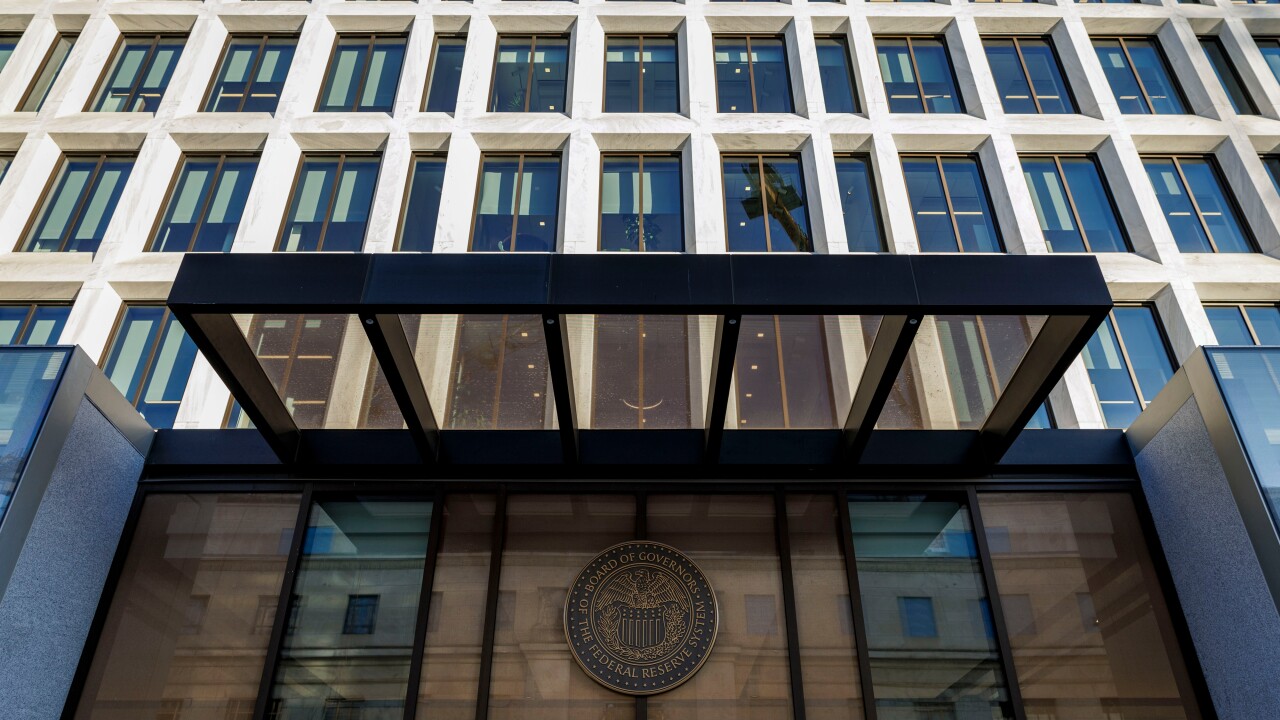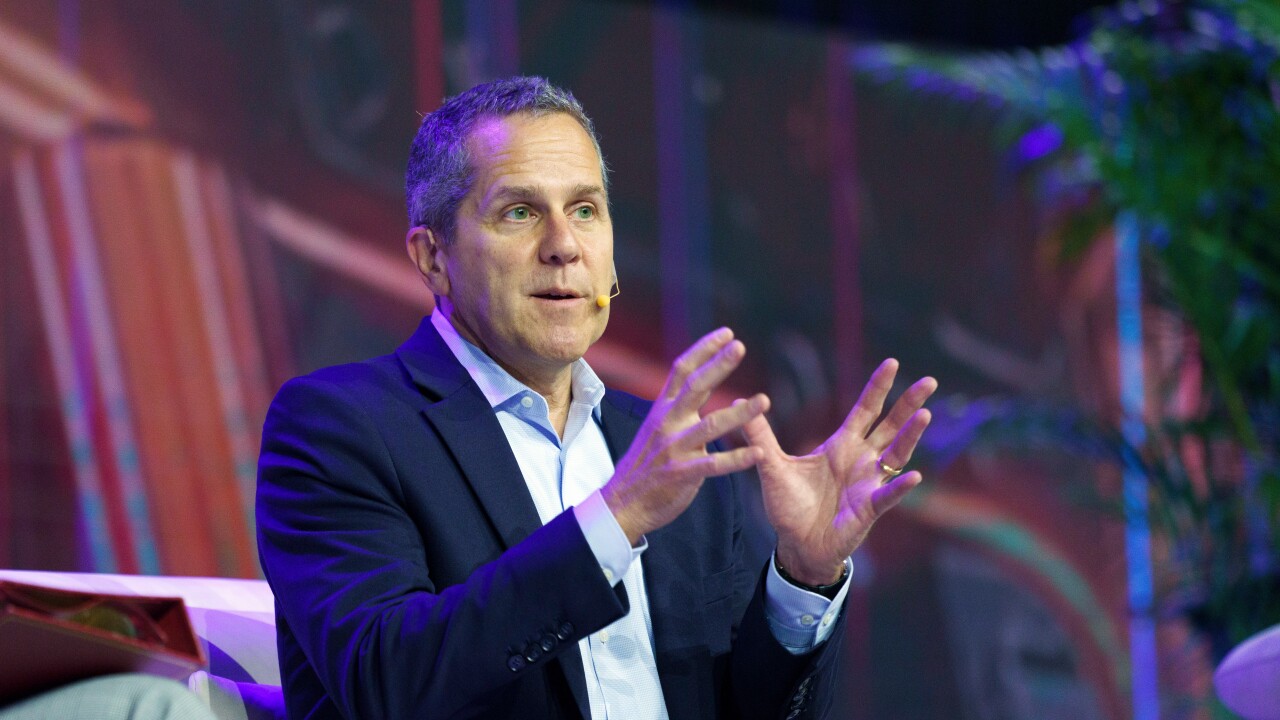-
The wagers reflect the potential for monetary policy easing to gather pace after chair Jerome Powell's term ends in May.
1h ago -
The moves come despite Fed officials including Michael Barr voicing caution on lowering borrowing costs again in December given inflation is still above target.
November 21 -
While the Federal Reserve delivered a quarter-point rate reduction as expected, Powell said another by year-end is not a given.
October 30 -
Yields on 10-year notes rose two basis points to 3.99% after falling the previous two sessions, while monetary policy-sensitive two-year notes held steady around 3.49% Wednesday morning.
October 29 -
The department has been increasing the supply of bills — Treasury securities that mature in a year or less — in a way that means the federal government needs to carry a larger checking-account balance.
October 16 -
Treasuries have rallied since the flare-up in trade talks prompted renewed demand for U.S. government debt as a haven.
October 15 -
After an apparent truce, the US and China are back to making tit-for-tat trade swipes. Market participants are fretting more about the potential impact on growth than how the protectionist measures will affect inflation.
October 14 -
Bank reserves fell by about $21 billion to $2,999.7 trillion in the week through Sept. 24, according to Fed data released on Thursday. That's the lowest level since the week through Jan. 1.
September 25 -
Most economists say the solution lies in borrowing less, via some combination of lower spending and higher taxes — rather than leaning on the Fed to make borrowing cheaper.
August 27 -
Traders boosted wagers on a quarter-point cut next month, pricing in a roughly 85% chance of a move, up from around 65% before Powell spoke.
August 22 -
Traders were watching a slew of data on a bigger-than-expected increased in jobless claims and expanded manufacturing Thursday.
August 21 -
In minutes from the Fed's July meeting, officials highlighted the risks of inflation outweighing concerns over the labor market, which investors overlooked.
August 20 -
Hopes that the U.S. will reach other trade deals ahead of its self-imposed Aug. 1 deadline are mounting.
July 23 -
U.S. assets whipsawed Wednesday by reports Trump was preparing to fire Powell, with shorter tenors rallying on the prospect that could lead to faster interest-rate cuts.
July 17 -
The recent rally was driven by economic data that reinforced wagers on at least two rate cuts this year, as well as speculation President Donald Trump will name a more dovish successor to Jerome Powell.
June 27 -
Yields across maturities declined, with those on two-year notes falling five basis points and most reaching the lowest level in more than a month.
June 26 -
Some allies of the president have pushed for Treasury Secretary Scott Bessent to get the job, according to people familiar with the matter, a notion that a senior administration official disputed.
June 25 -
Bond investors are on alert for hints on when the Federal Reserve will deliver the two 2025 interest-rate cuts officials projected at their latest policy meeting.
June 23 -
Powell said as policymakers look for more clarity on tariff policies, the risks of higher inflation and unemployment have increased due to President Donald Trump's sweeping levies.
May 12 -
The declines on Thursday pushed two- to 10-year yields higher by at least 10 basis points on the day after President Donald Trump urged people to buy stocks based on the latest trade developments.
May 9



















